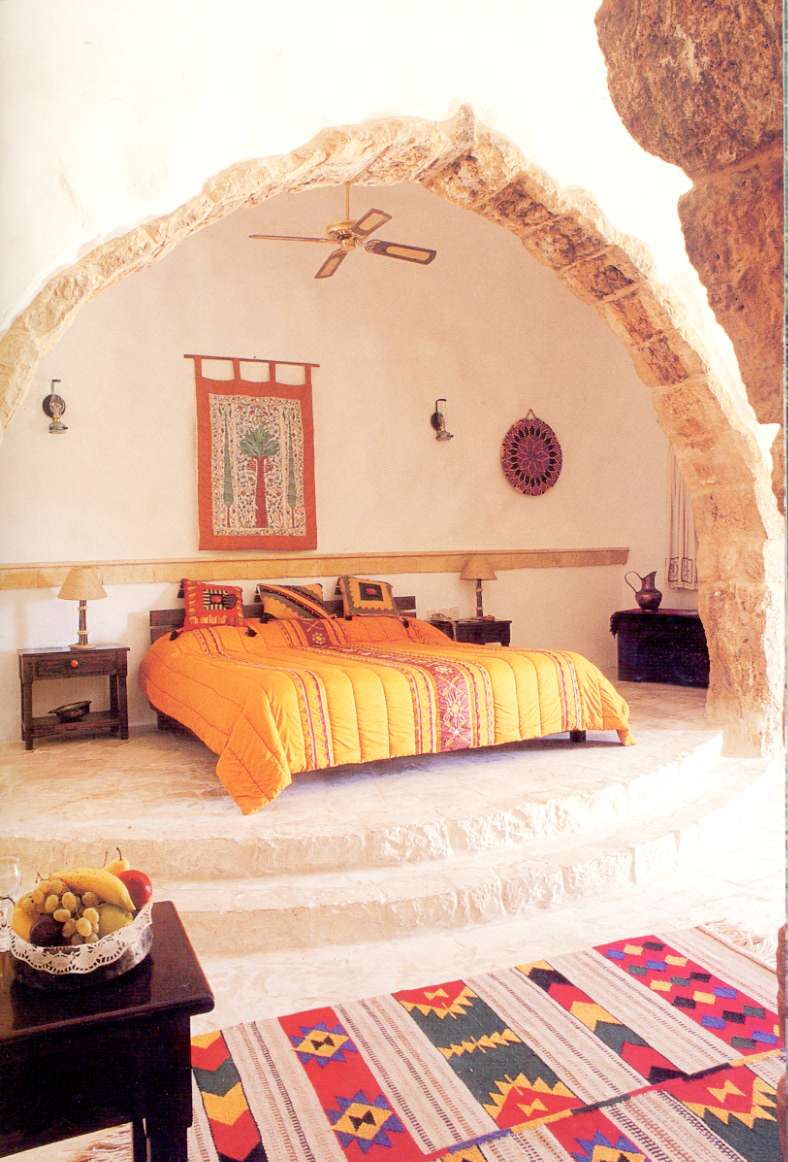Protecting and celebrating history, while stimulating the economy.
Urban regeneration is a process that focuses on improving the quality of life in an area and investing into its future. It aims to reverse the decline of an urban environment by improving the physical structure and economy of an area. Urban regeneration programs use public funds and usually aim to attract investments into the area, such as from real estate developers, to upgrade the urban environment and the economy of the area.
Urban rehabilitation and restoration focuses on the conservation of the urban environment, ecosystems and heritage buildings in the area. This includes renovating historical buildings and modernizing facilities, while considering and respecting all relevant environmental policies, building regulations, local communities and security and safety standards.
When working with urban regeneration and rehabilitation projects, it is important to study and preserve local culture and heritage. This can be achieved by protecting specific areas or buildings and other important features of the location that are meaningful to residents and important to the history of the area. The protected areas can include urban structures such as buildings and monuments, roads, or natural areas. Urban renewal policies are in place all over the world to ensure these features are preserved and protected to highlight the importance of history and to achieve historical sustainability.

Urban regeneration or rehabilitation and restoration projects can help to make devaluing assets in underutilized locations more economically viable, and help to bring money to more remote locations to support the existing villages and communities through employment and increased traffic to existing businesses. These projects also help to protect historically valuable environments while improving facilities such as road networks and infrastructure, and enhancing the appearance of an area.
The Taybet Zaman and Beit Zaman resorts in Wadi Musa are excellent examples of successful projects in which CCG struck a balance between heritage preservation and urban regeneration to create a successful outcome for both the client and for the local community.

Taybet Zaman and Beit Zaman (now known as Hayat Zaman) are old farming villages in the Petra region that, prior to their restoration, were struggling to survive in the modern world. Much of the area was in ruins and although residents were living there, the economy was struggling and employment was lacking. The land was bought and developed into resorts in order to bring in money and provide employment, facilities and infrastructure to the community. The local mayor initiated this project and it was an instant success, putting this destination on the tourism map. This project allowed these largely undiscovered villages and heritage sites to be turned into hotspots that benefit from greater facilities, educate visitors and stimulate the local economy.
A key priority of this project was to preserve the area’s history and architecture. The resorts were developed to achieve historic, environmental and economic sustainability. The unique resort transports visitors to rural Jordan in the late 19th century and has been a big hit, winning multiple awards such as the British Airways Tourism for Tomorrow Award, the Green Global Commendation Award, the EIBTM Greeting of Business Award, and the Guild of Travel Writers’ Otter Award. Guests are welcomed to learn about and experience the previous way of life, to understand and share a respect for the culture and history of the villages.
CCG’s work in developing the heritage houses within the villages into tourism resorts has increased the quality of life in the area overall, through providing education, training and employment for residents and bringing in more visitors. Residents play a major part in the ongoing success of the resort, the growth of the community and the revival of the local economy.
Of course, the operation of the resorts once the project is complete is also a key influence to the outcome achieved. During the development of this project, Ghaith Abujaber, who is now CCG’s Executive Director of Global Business Development, was a General Manager at Jordan Tourism Investments (JTI) and was very involved with the resort and operations management of Taybet Zaman and Beit Zaman. With his rich experience in tourism development for both governmental and private organizations, he was able to secure positive outcomes for the projects.

Recent years have seen an increase in the popularity of repurposed resorts and restored heritage buildings, especially in locations with unique architecture and rich history. There is lots of opportunity now to redevelop obsolete locations and buildings for tourism and the resulting resorts often take a large share of the market, as tourists tend to be more focused on unique experiences and learning opportunities. We touched on this in our recent article, ‘How adaptive reuse and renovation could help the hospitality industry to bounce back’.
Projects that focus on regenerating urban environments, as well as urban rehabilitation and restoration projects, or adaptive reuse of existing buildings, all have a multitude of benefits for local communities, for success in business, for the environment and especially for maximizing tourist appeal. When working on these types of projects, our teams are able to conduct in-depth studies to ensure the highest potential for success and maximum appeal to visitors with minimal disturbance to communities and the environment. Our long developed experience in working with tourism development projects from archaeological sites to business towers and high-end resort communities means we have the knowledge and eye for how to maximize opportunities in this sector.




